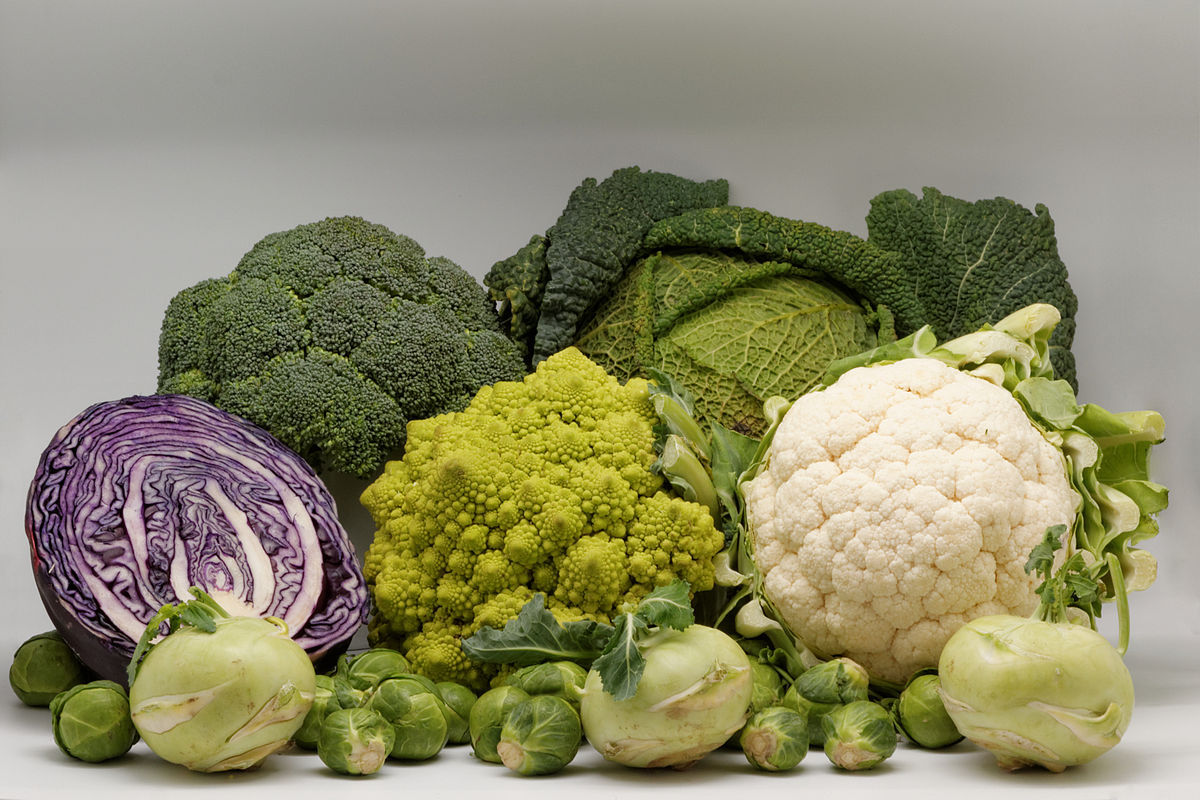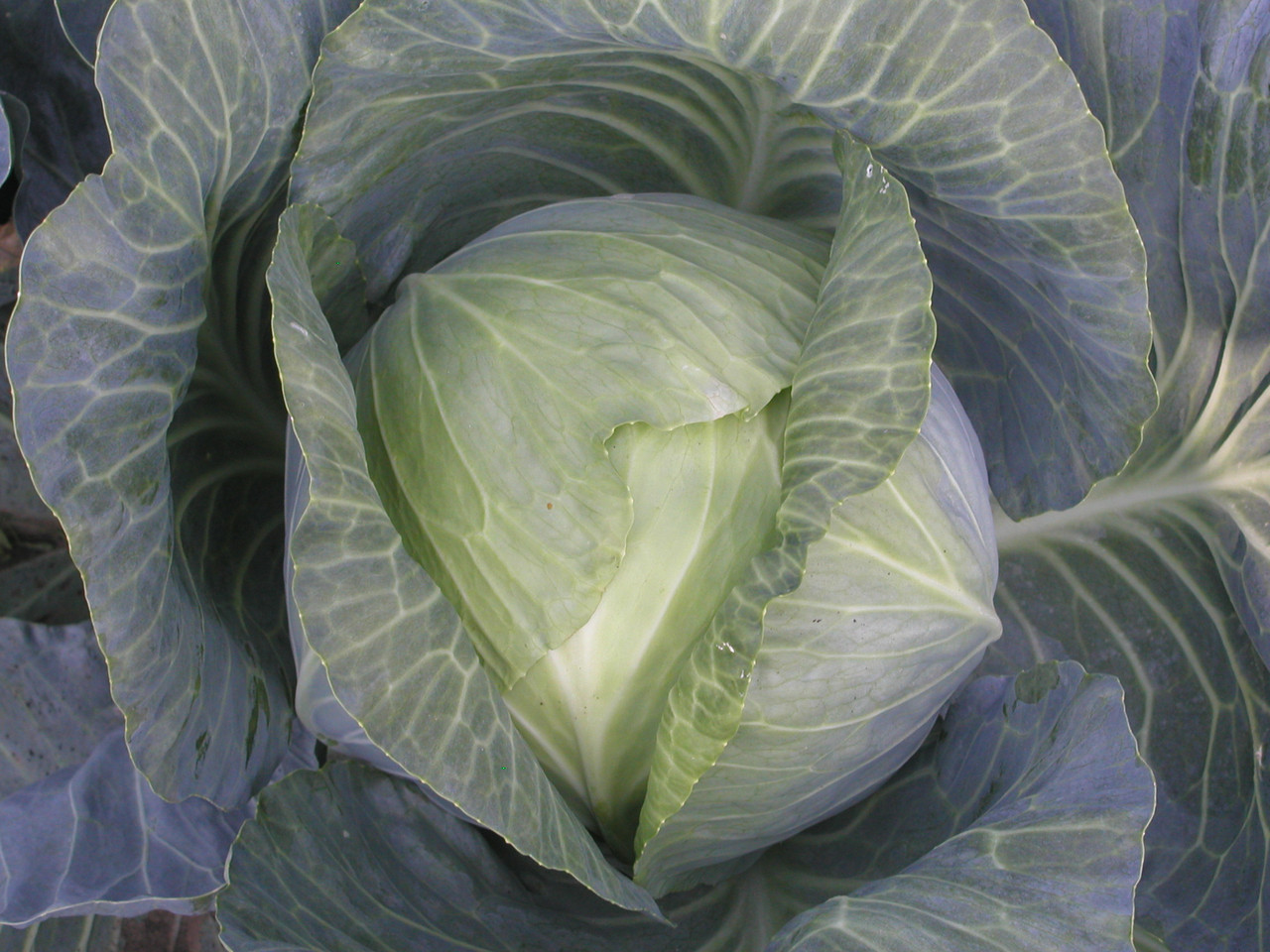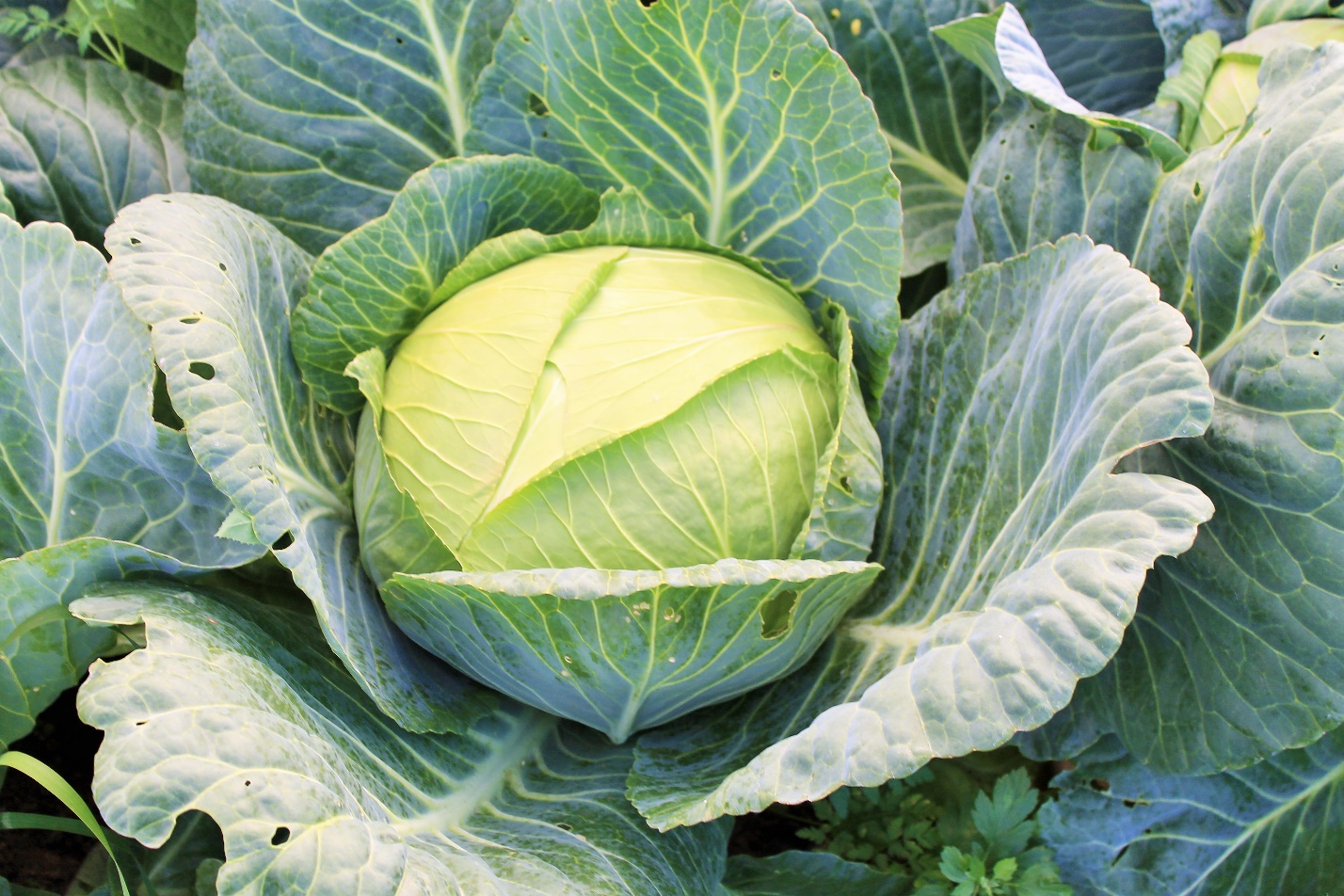Due to its good preservation, fresh cabbage is on the table for almost a year. The choice of varieties and varieties of white cabbage is very large: from early to late; by weight of a head of cabbage from 500 grams to 15 kilograms. By density of cabbage: from loose to dense. In total, 343 species are zoned in our country, including hybrids.
Content
Planting, care and photo of varieties of white cabbage
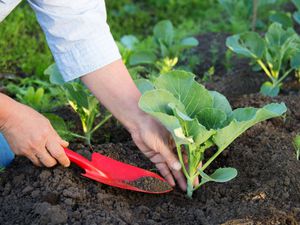 Early varieties are used boiled, stewed, fresh: in pies, borscht, salads, etc.
Early varieties are used boiled, stewed, fresh: in pies, borscht, salads, etc.
In the middle region, cabbage grown with seedlings... Sowing time for early maturing cabbage is mid-March, late-maturing cabbage - late March, mid-maturing - early May.
For sowing, it is advisable to select light and moist soil... The depth of planting seeds is several centimeters, sowing deeper delays the time of seedling formation. The seeds quickly begin to grow and develop.
First, you need to clearly monitor soil moisture and, if necessary, make watering. As a rule, white cabbage shoots appear within five days. When several leaves are formed, the cabbage is dived and moved into various containers.
In general, the approximate age of a seedling suitable for planting should be 1.1-1.5 months. During this time, the cabbage must have up to six leaves and a developed rhizome.
The optimal planting time for white cabbage seedlings in non-black soil:
- for late varieties - end of May;
- for early varieties - end of April;
- for mid-late varieties - mid-May.
Seedlings are best planted on a cloudy day. As a rule, a distance of 65-75 cm is made between the rows, and in a row 30-45 cm. During planting, the seedlings are buried in the ground up to the first leaf. Moistened soil is mulched with peat.
Caring for white cabbage consists of loosening, weeding, watering and removal of pests. The soil is loosened to a depth of 6-7 cm, and the depth of further loosening is carried out up to 11-14 cm. The depth of loosening takes place taking into account soil and weather conditions. With an insufficient amount of precipitation, the earth is loosened finer, with an excessive amount - deeper.
This vegetable will respond positively to hilling. The number of hilling will depend on the size of the stump. Hybrids with a small stump need to be huddled only once, with a high one - several times. Initially, hilling is performed at the beginning of the intensive growth of the rosette after about a month, and further - until the leaves join.
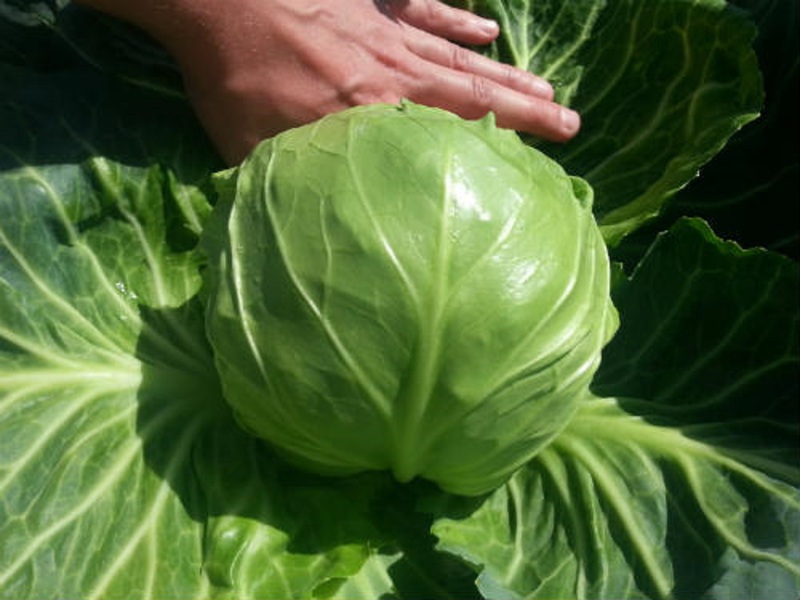
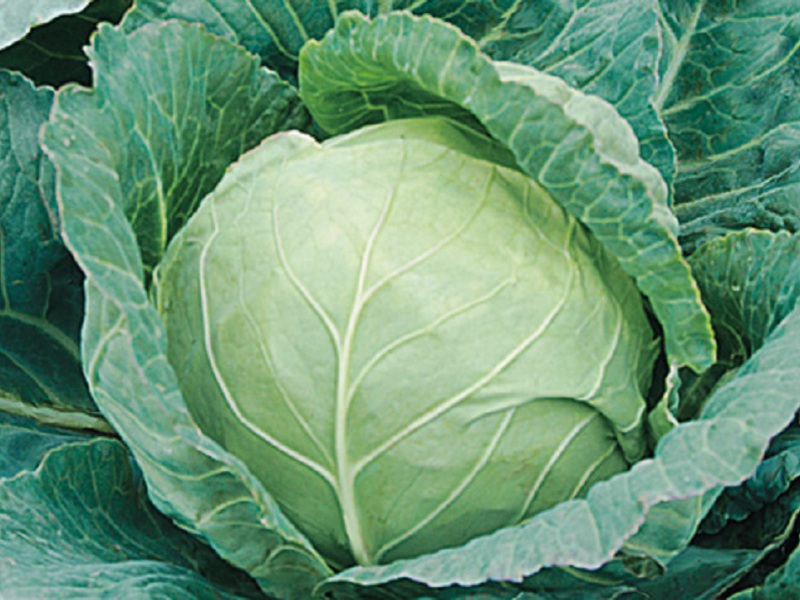
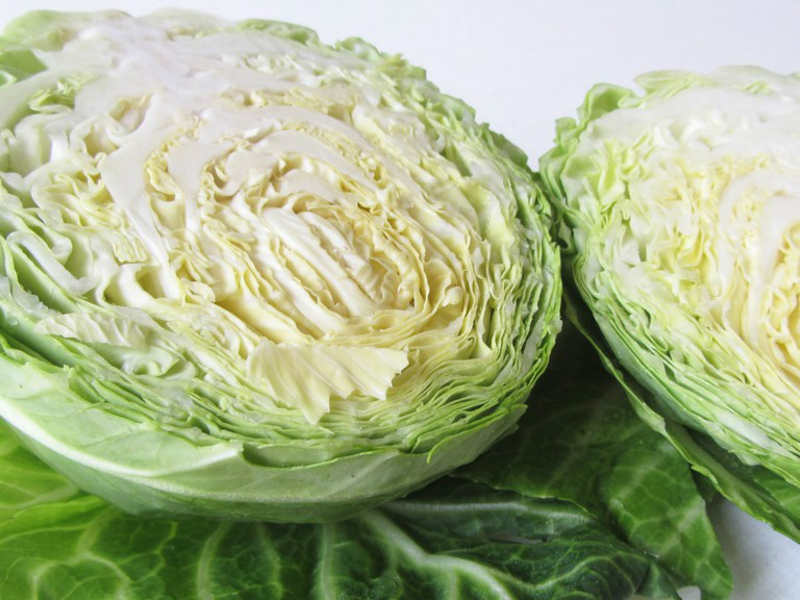
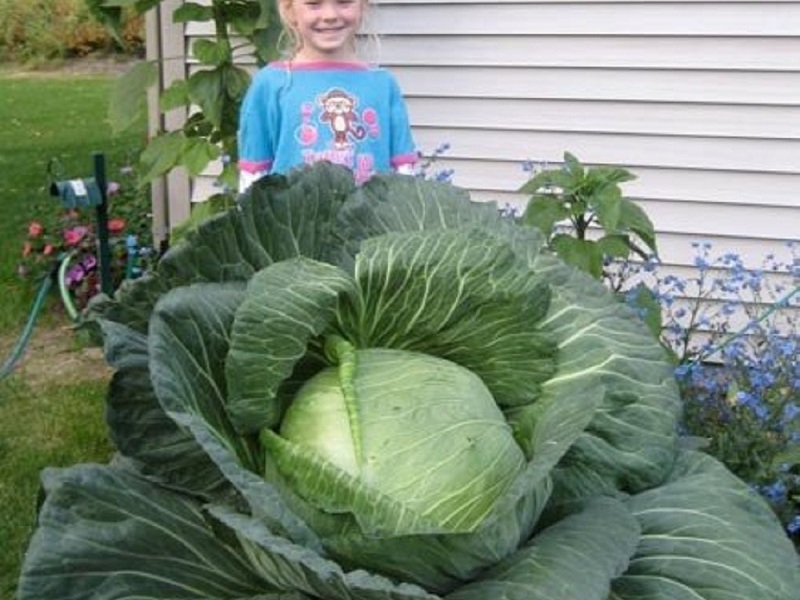
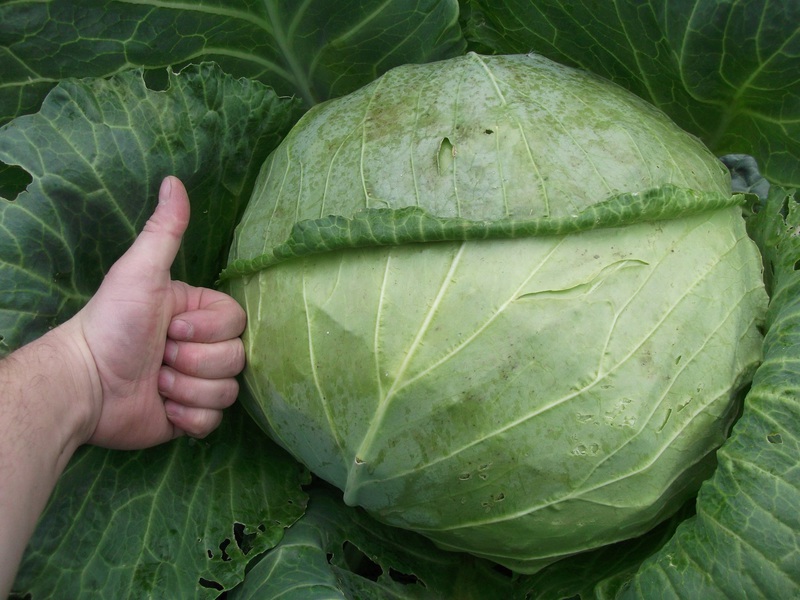
As for the choice of early varieties of white cabbage, you need to pay attention to the following types.
White cabbage Sympathy-F1. Suitable for consumption after 3 months. A round vegetable, weighing 1.5-2.3 kg. The hybrid ripens well, crackles resistant, transportable, perfectly adapts to the local climate and shows good yields.
Senorita-F1... Harvesting cabbage can be done in three months. A round head of cabbage, weighing 1.5-2.1 kg, dense, with a fine structure inside and excellent taste. This variety is resistant to breaking heads with active growth.
Sprint-F1... The ripeness of the crop occurs in 2.5 months. A round head of cabbage, with a small inner stump, has a rather dense structure. Weight 0.5-1.5 kg. Resistant to destruction. Relatively simultaneous maturation of heads of cabbage.
Medium early varieties of white cabbage
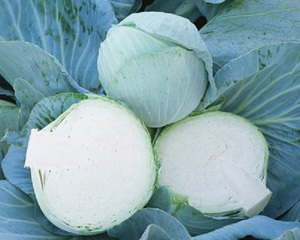 For fresh consumption in the middle of summer, mid-early varieties of cabbage are perfect.
For fresh consumption in the middle of summer, mid-early varieties of cabbage are perfect.
Ataman-F1... The time from planting to harvesting is two months. Has a raised socket. The head of cabbage is round, white on the cut. Weight 1.2-1.7 kg. It tastes good. This variety is the most resistant to fusarium wilt. Best consumed fresh.
Maid of honor-F1... This variety ripens 100-120 days after the formation of shoots. They are round in shape, weighing 1.2-1.7 kg with a dense structure inside. Cabbage is characterized by excellent adaptability to climatic conditions, good yields, excellent taste, and resistance to cracking.
Medium white cabbage
These vegetables are used fresh from September to the end of October and are suitable for sourdough.
Revenge-F1... The time from planting seedlings to harvesting 80-95 days. The cabbage is round and white when cut. Excellent taste. Weight over 2.5 kg. Best for fresh consumption. Poorly susceptible to pests and diseases.
Countess-F1... The time from planting seedlings to harvesting is 80 days. A head of cabbage is round and small in shape, dense, weighing up to 3.5 kg, with a good taste and structure, and has a white color on the cut. The variety is characterized by simultaneous ripening, resistance to thrips infestation and fusarium wilt, and is used for processing and souring.
Mid-late varieties of white cabbage
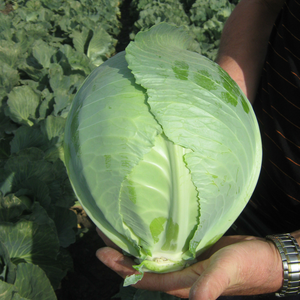 This cabbage combines excellent yields and high quality fruits. Due to the increased amount of sugar and other substances, this perfect grade for fresh consumption and sourdough.
This cabbage combines excellent yields and high quality fruits. Due to the increased amount of sugar and other substances, this perfect grade for fresh consumption and sourdough.
Princess-F1... From planting seedlings to harvesting 110-125 days. The variety is simultaneous in ripening, resistant to cracking, excellent transportability. The head of cabbage is small, weight 3.1-3.5 kg, round in shape, with a good dense structure. It is used for fresh consumption, fermentation and storage for 100 days.
Table-F1... It ripens in 110-120 days after planting the seedling. Head of cabbage flattened, weighing 3.6-5.2 kg, with a dense structure. It is characterized by simultaneous yield formation and increased resistance to cracking. Great for sourdough and fresh consumption from October to December. This variety surpasses all other domestic and foreign analogues in terms of the tasting indicator in fermented form.
Symphony-F1... The time from planting seedlings to harvesting is 125-135 days. The head of cabbage is round, with a dense structure, white on the cut. Weight approx.4.1 kg. It tastes great. The variety is the most resistant to crackling, while producing a crop
Filibuster-F1... Ripens 4 months after planting the seedlings. Best for starter from harvest to end of storage and for fresh consumption. Cabbage steadily tolerates fusarium wilt and leaf necrosis.
Qualities of late varieties of white cabbage
This cabbage is valuable for a good harvest, as well as for organizing the supply of fresh vegetables throughout the entire cold period.
Cupid-F1... Ripens 4 months after planting the seedlings. The head of cabbage is round and rather dense, of medium size, weighing 3.1-3.5 kg. Has excellent taste. Plastic variety, with simultaneous ripening of the crop, resistant to fusarium. Can be used for fresh consumption, fermentation and storage (until March).
Garant-F1... From planting seedlings to harvesting 4 months.A head of cabbage weighing 2.2-3.2 kg, dense, with excellent taste. The variety is quite resistant to a number of diseases. Best for starter cultures from harvest to storage.
Arctic-F1... Cabbage ripening occurs 112-120 days after planting the seedlings. A head of cabbage is small, dense, round, weighing 2.3-3.1 kg, with excellent taste. The variety is resistant to a number of diseases. Can be kept fresh until next harvest.
Beaumond Arpo-F1... The time from planting seedlings to harvesting is 4 months. White cabbage is round in shape, quite dense, with a good structure, medium size, weighing 3.4-4.1 kg. It is characterized by excellent preservation until March, resistance to leaf necrosis. Excellent taste.
Morozko. The time from planting to harvesting is 5 months. The head of cabbage is round, weight 2.3-3.1 kg, rather dense, with excellent taste. Cabbage is characterized by resistance to cracking and excellent preservation... Best suited for long-term storage.
New varieties of white cabbage
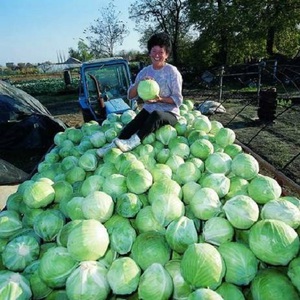 Summer residents are often quite conservative in buying various varieties, but today there are many good domestic hybridsthat allow you to organize the flow of fresh cabbage all year round.
Summer residents are often quite conservative in buying various varieties, but today there are many good domestic hybridsthat allow you to organize the flow of fresh cabbage all year round.
However, any foreign multinational company has its own assortment, which makes it possible to organize this flow.
And if a summer resident wants to grow white cabbage, for example, the largest, to the envy of people, what types should you pay attention to? And what do these varieties require?
All records in the cultivation of giant white cabbage were obtained by the Pyshkinskaya varieties. On this basis, we developed the view Moscow late-15... And also other large-sized types:
- Taininskaya white cabbage.
- Losinoostrovskaya-8.
- Moscow late-9.
Among the Dutch counterparts are:
- F1-Menzania white cabbage.
- F1-Megaton.
Moscow white cabbage late weight can be about 27 kg. But the seeds must be sown at the end of March, after 2 months they must be grown in a greenhouse. Seedlings are planted in early May in fertile imposed soil, creating a groundbait area within a radius of 1 meter.
Diseases of white cabbage
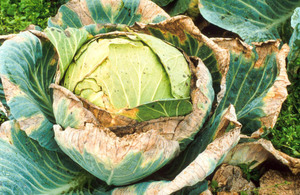 The main problem of the last year was a strong infection of the head of cabbage. There are no varieties resistant to this disease in the domestic variety of cabbage, but they exist in the foreign one. it F1-Tequila and F1-Kilaton... But they should not be grown in one place for two seasons in a row.
The main problem of the last year was a strong infection of the head of cabbage. There are no varieties resistant to this disease in the domestic variety of cabbage, but they exist in the foreign one. it F1-Tequila and F1-Kilaton... But they should not be grown in one place for two seasons in a row.
For the southern regions, the main problem was severe infection white cabbage with thrips, so there was a problem: treat the heads of cabbage 15-20 times with highly toxic insecticides, or remove resistant hybrids. Today they do not yet exist, among foreign ones, F1-Aggressor has increased tolerance, and among Russian ones - F1-Dominant.
Often they wonder if there are varieties that can be grown at elevated temperatures and a small amount of water?
The selection of heat-resistant species has been going on for a long time, and quite a lot of them have been bred at the Krasnomorsk Research Institute. Among heat-resistant varieties for long-term storage, Russian types of white cabbage have excellent results: F1-Orbita, F1-Quartet, F1-Dominant and foreign: Typhoon, Brosko, Adapter, Aggressor.
It should be noted that heat resistance and aridity are completely different signs. There is no drought-resistant cabbage. And is it required, since it will definitely not be tasty and juicy.
Even heat-resistant white cabbage requires watering, and during sprinkling, the yield is much better, in contrast to drip irrigation. Lack of water, for example, during prolonged drought can lead to the fact that leaves lack calciumand they die.
If this swing is cut, layers of dark dead leaves will be visible. This will not affect the safety, but the marketability drops significantly.Of the Russian late hybrids with increased resistance to this disorder, the varieties F1-Dominanta and F1-Orion can be distinguished.
Naturally, an idea may appear, to cultivate southern or Dutch types of white cabbage in the middle region. But since they were developed under conditions of a short day, then in the metropolitan region, in which the day is longer, the ovary will form later. A head of cabbage can grow quite large, but hollow inside, with an elongated stump, which will reduce its commercial properties.
The advantages of domestic cabbage varieties over foreign ones
Any variety has both pros and cons, which depend on the purpose of its breeding. The main advantage of foreign varieties is excellent morphological uniformity, but this feature is completely unrelated to yield and absolutely does not justify the high price of seeds.
The varieties of domestic hybrids, albeit not so uniform, but have excellent keeping quality... This is important: more than 80% of cabbage is consumed in winter.
So, how to choose the right white cabbage variety for your site? First, check with the more experienced gardeners in your neighborhood which varieties are sure to yield good yields in your area. Make the main emphasis on them, and for the sake of experiment, choose what you like.
But still, let your soul be guided by the varieties of Russian-made cabbage or foreign ones, which are specially zoned for this strip.
